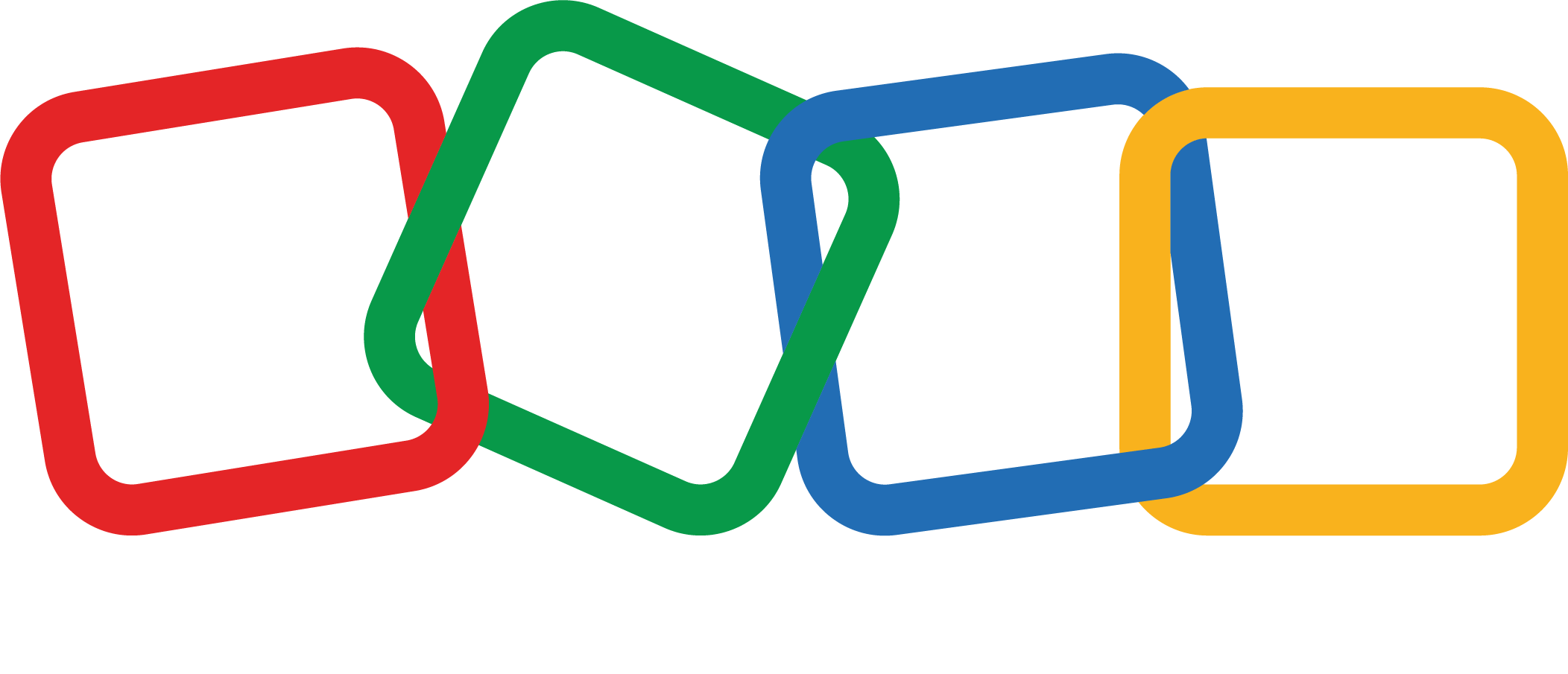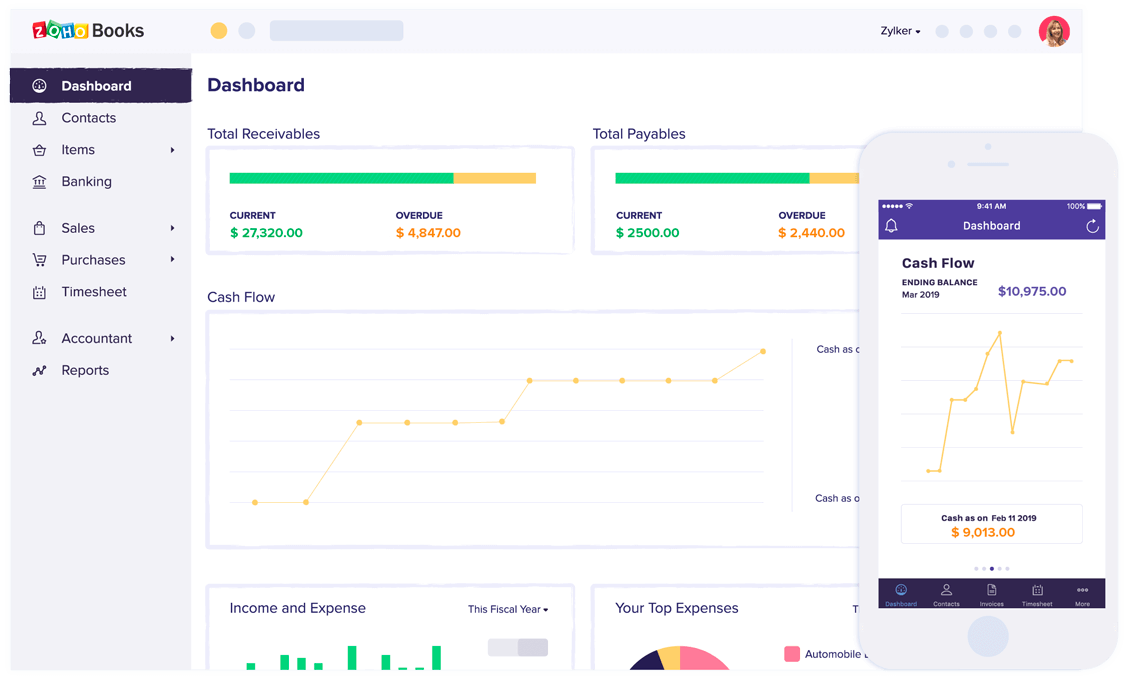Free balance sheet template
In financial accounting, a balance sheet serves as a reference document for investors and other stakeholders to get an idea of the financial health of a business. It enables them to compare current assets and liabilities to determine the business’ liquidity, or calculate the rate at which the company generates returns.
The balance sheet equation
The balance sheet is based on an equation where assets are on one side, liabilities and shareholders' equity are on the other side, and both sides balance out.
Assets = Liabilities + Shareholders' Equity
According to the equation, a company pays for what it owns (assets) by borrowing money as a service (liabilities) or taking from the shareholders or investors (equity).
Structure of a balance sheet
The balance sheet has three important components: assets, liabilities, and equity.
Assets
Assets are resources that a company owns, that help in the positive financial growth of the company. Assets can be of different types like, current and non-current, tangible and intangible, and operating and non-operating. Some examples of assets are short-term deposits, buildings, office supplies, patents, machinery and equipment, and marketable securities. The assets are listed on the left side of the balance sheet.
Liabilities
Liabilities are obligations that a company owes to other parties. They are financial commitments, including debts, that a company settles by paying in cash or providing equivalent services to the other party. They can be classified as current and non-current. Examples include short-term loans, accounts payable, and deferred tax. The liabilities are listed on the right side of the balance sheet.
Equity
Equity is equal to the total assets minus total liabilities. It is the amount that has to be handed over to the shareholders after paying debts and liquidating assets. Equity represents the net value of the company. If equity is positive, it means the company has enough assets to pay for its liabilities, and if it is negative, the liabilities exceed the assets.


 capabilities for business
capabilities for business